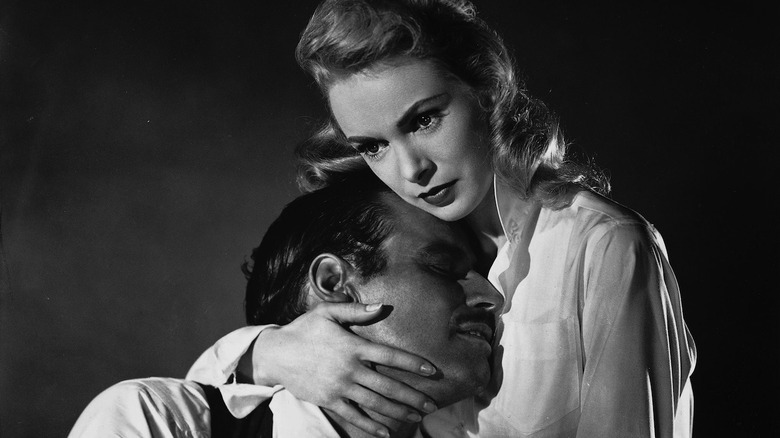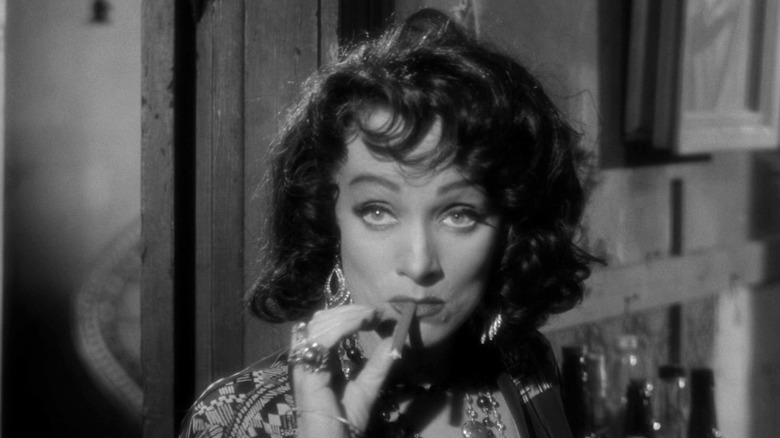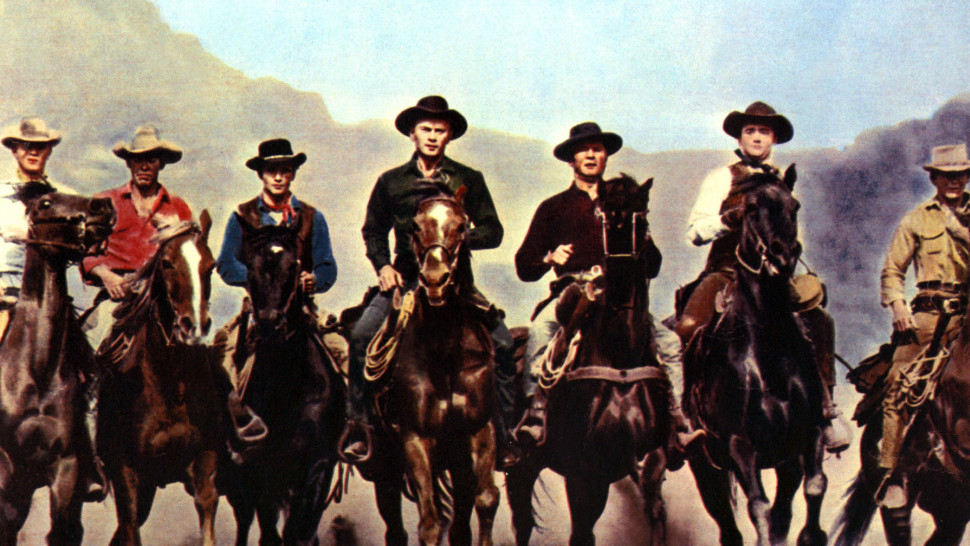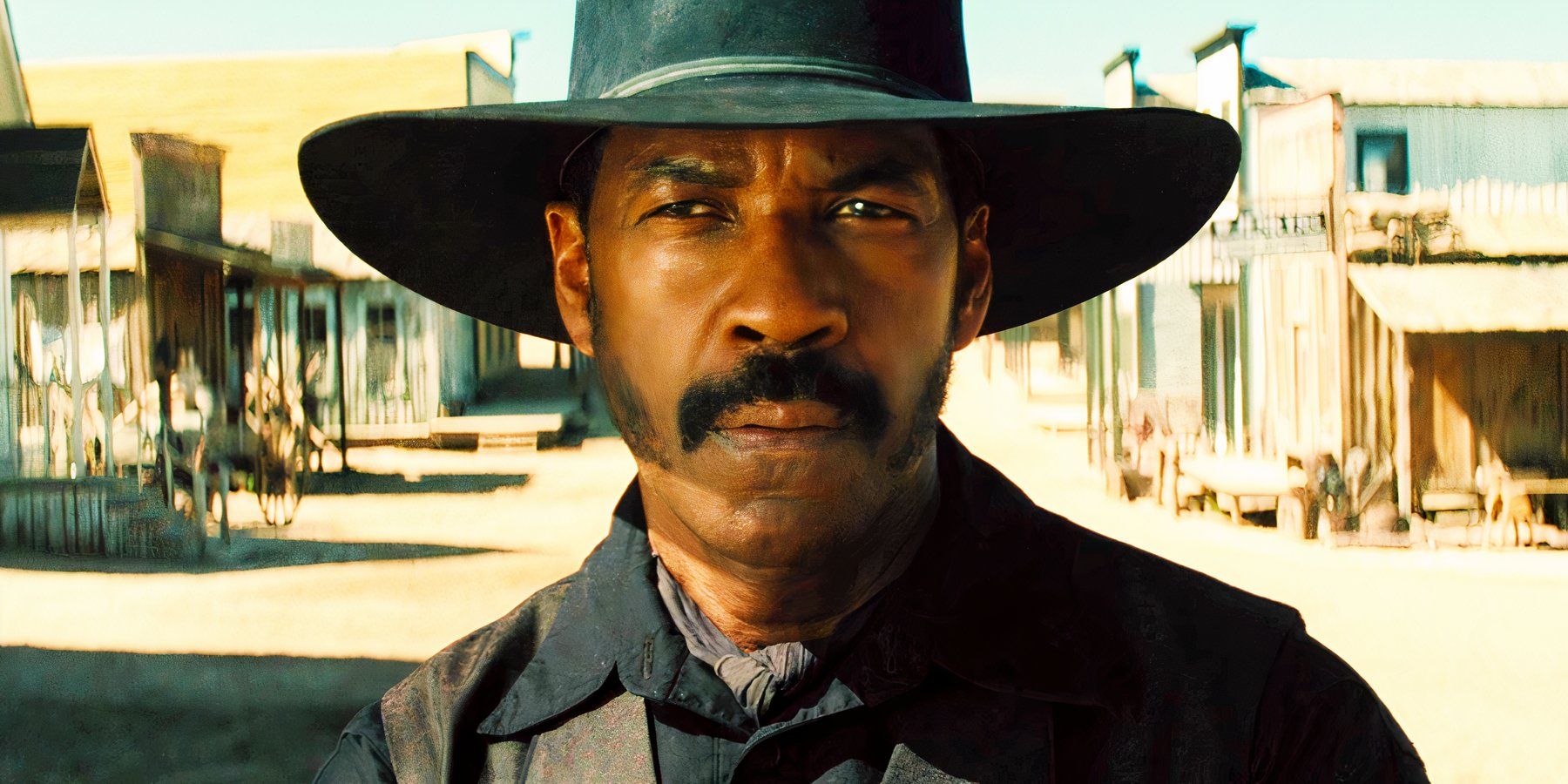"Touch of Evil," a dark tale of murder and corruption on the Mexican border, is often regarded as the final classic film noir. Welles' troubled relationship with the studios are well-documented and perhaps reflect the tone of the movie, which served not only as an elegy for the genre but also for the director's stateside career. Incidentally, Welles' Hollywood years spanned almost the exact length of time that noir was at its peak: "Citizen Kane" hit theaters in 1941, the same year as John Huston's "The Maltese Falcon," a film that is generally accepted as the jumping-off point for the period. The visual style of "Kane," drawing from German Expressionism, would then help inform the moody atmosphere and narrative structure of many noir classics.
But "Kane" was not a huge success when it was first released, and Welles lost creative control over his subsequent pictures. So, he cut his losses and headed to Europe instead, where he felt more appreciated. He returned to Hollywood in 1956 to give it one last shot, and "Touch of Evil" was the result. But once again, studio executives didn't like the result and the film was butchered, prompting Welles to issue a 58-page memo pleading for it to be restored to his original vision before he jetted off to self-exile in Europe again. Thankfully, we can now watch the movie re-cut to match Welles' wishes, so let's take a closer look.














